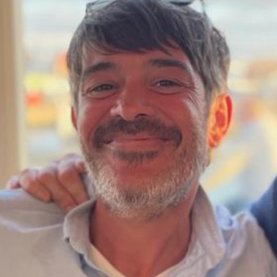ADS0: Agency
Jump to
2025/26 brief for ADS0, a studio with a focus on performance, scenography, and installation. The studio's program fundamentally interrogates agency in architecture and explores how the unfolding spectacle of reality can be shaped through staged interventions in space. ADS0 pushes architectural practice beyond the comfort zone of speculative simulation and, instead, urges more intuitive and immediate ways of intervening directly within the ongoing continuum of reality.
Studio Tutors: Steve Salembier, Elin Eyborg Lund, & Louis-Philippe Van Eeckhoutte
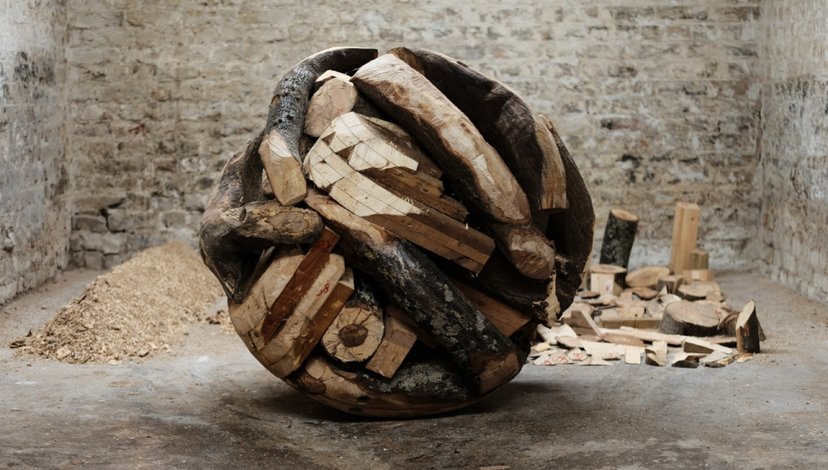
Kevin Adorni "Time Mass Compressions" ADS0 2024-25
The studio reclaims a more direct and physical engagement with space, and thus promotes a spatial practice based on staged intervention, performative activation, and 1:1 design. ADS0 promotes the act of making as its basis for design and mainly operates through a systematic process of assembling, installing, staging, and activating. The studio's approach implicitly addresses material scarcity and explicitly encourages inventive strategies of re-use as a secondary output of design.
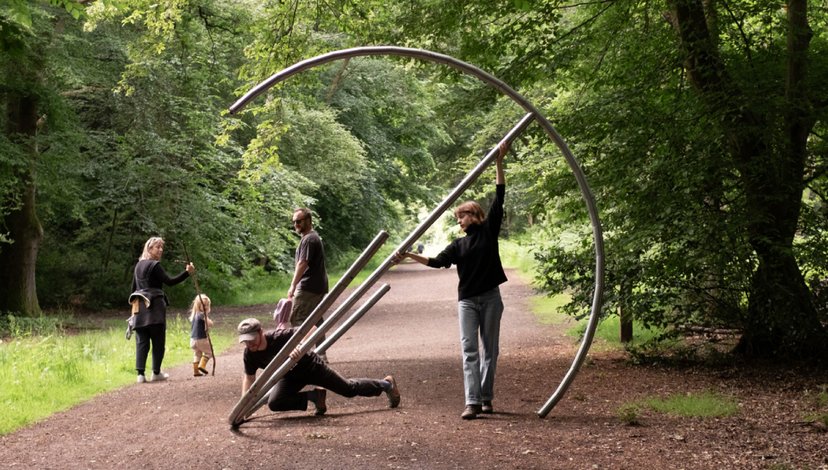
Kevin Adorni "Time Mass Compressions" ADS0 2024-25
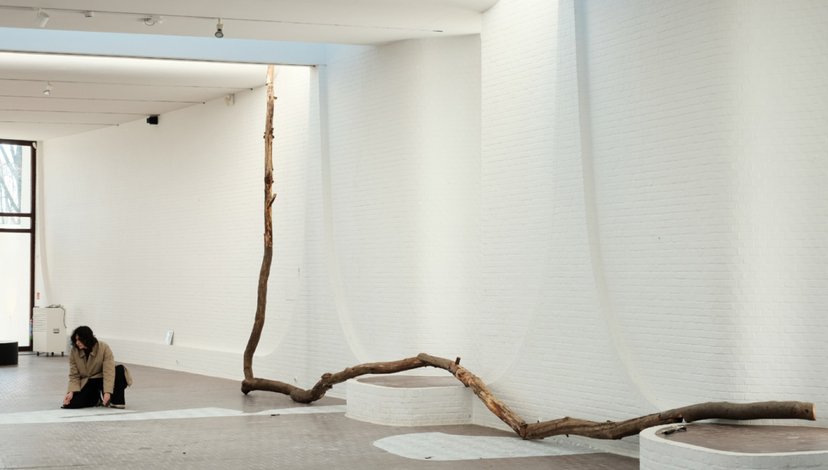
Kevin Adorni "Time Mass Compressions" ADS0 2024-25
At the core of the programme lies an interest in more personal ways of working with the medium of space. Our ongoing research explores how agency can be built into architecture through customised spatial practices which not only result from societal or architectural urgencies, but also originate from personal observations, subjective experiences, autobiographical narratives, or preferences for particular media. To support this, ADS0 offers a unique series of ten seminars studying spatial practice within the field of contemporary art. These inspiring lectures present fundamental insights into the conceptual strategies and material tactics used by various practices, and thereby nurture a shared vocabulary that sits at the heart of the studio.
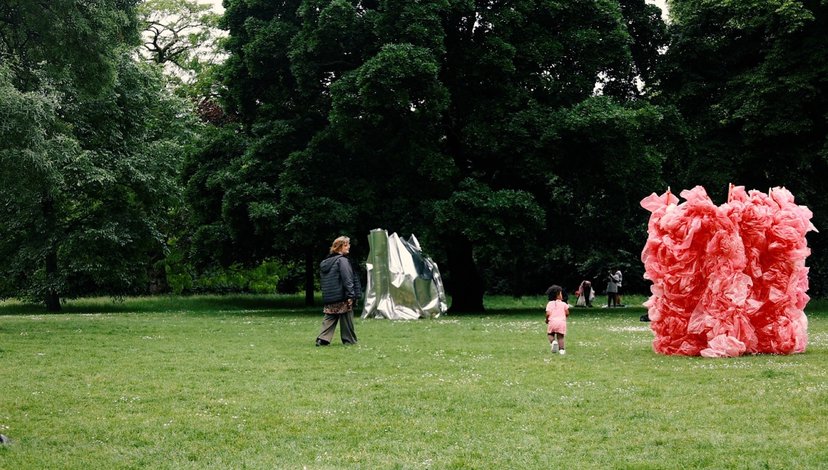
Matteo Bozzi "Elementary Gardens" ADS0 2023-24
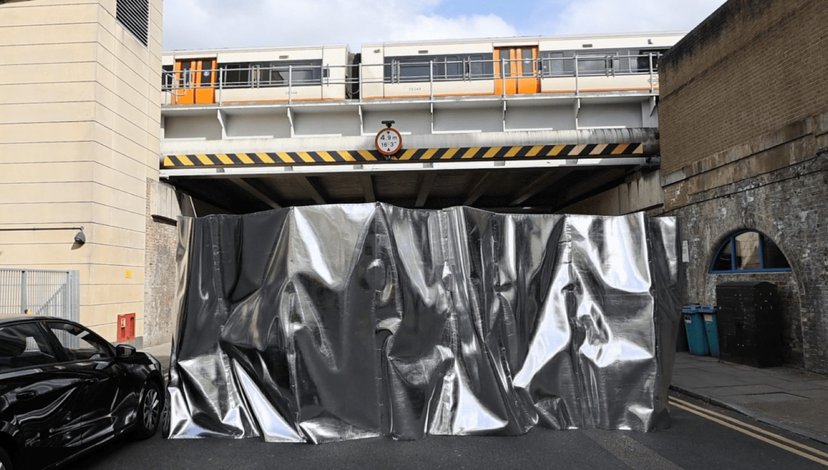
Matteo Bozzi "Elementary Gardens" ADS0 2023-24
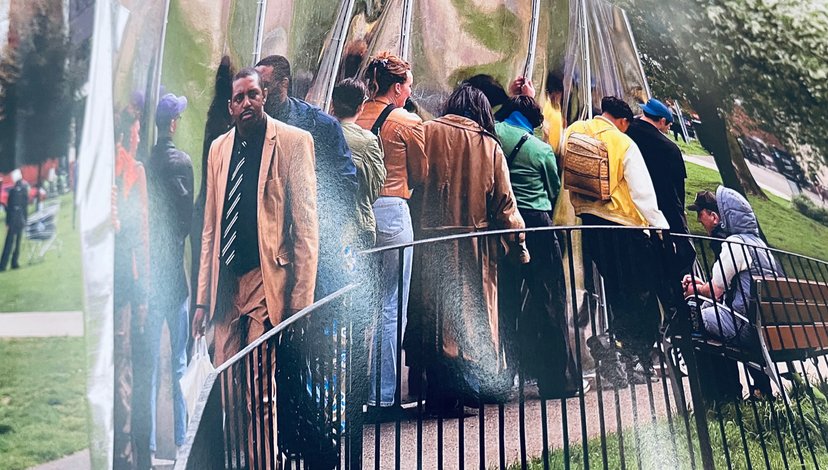
Matteo Bozzi "Elementary Gardens" ADS0 2023-24
ADS0 cultivates a perspective on space that is initiated in innocence but that nevertheless holds the radical potential to unpack deeper critical narratives within the unfolding of reality. The studio initiates research by observing reality as an unfolding series of scenes and frames. This approach not only embeds research into film, spectacle, and play, but above all offers a lens through which we can study what the Old Greeks described as the moment of katastrophè, or, the overturning of the plot by a sudden change of events. It is what Hitchcock called the 'moment of suspense' and what Cartier-Bresson defined as the 'decisive moment'. Within the context of the studio, katastrophè simply becomes the set of events or interventions that initiate radical change within the unfolding spectacle of reality.
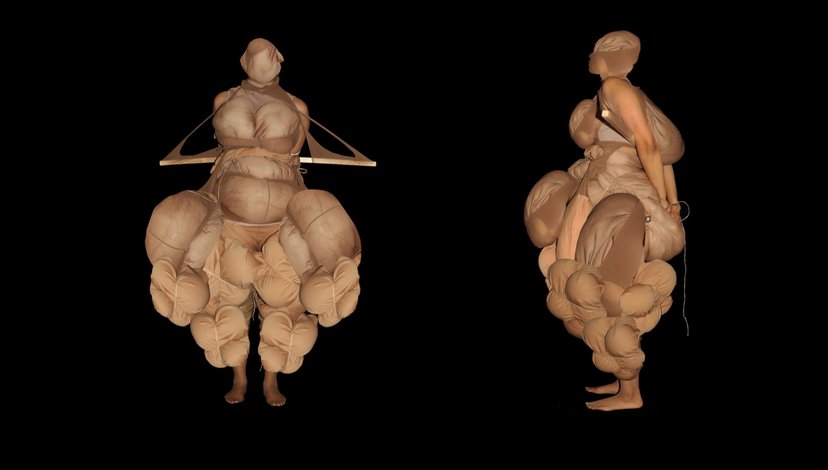
Anusha Alamgir "The Body as a Site" ADS0 2021-22
For individual projects ADS0 deliberately chooses a personalised approach and offers students the opportunity to define their own scope and research themes. Instead of directing projects through a generalised theme or research agenda, the studio offers a methodological framework which consists of a series of four introductory assignments: the desktop performance, the stage set without a play, the zero 1:1 object, and the live scenography. These four assignments gradually accumulate into individual perspectives and research, which enable students to explore their personal agency through experimentation in performance, scenography, and installation.
The studio's main design outputs consist of 1:1 spatial prototypes or staging devices that are part of a staged and performatively activated intervention within reality.
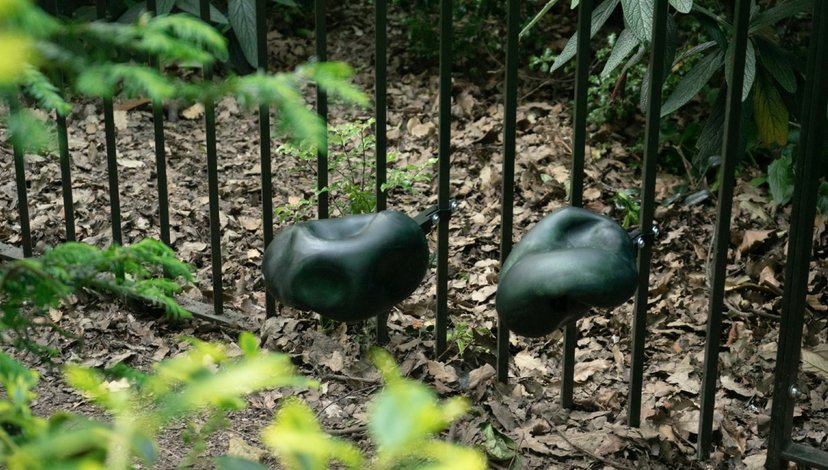
Zackary Yueng "Formal:Informal - Hyde Park Pleasure Garden - the Fuckfence" ADS0 2022-23
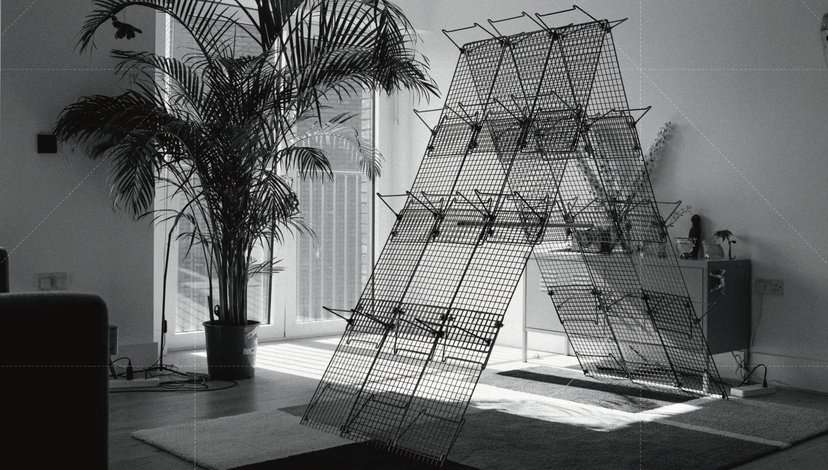
Shutong Fan "Envelopes" ADS0 2023-24
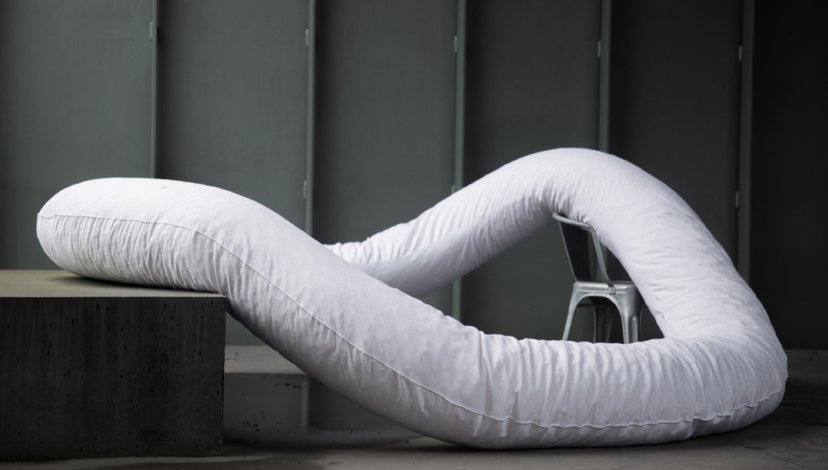
Nathan de Wouters "la Tavola" ADS0 2023-24
Live Project/Field Trip
HEAT is a one-week residency at the MISK Art Institute in Riyadh KSA exploring spatial interventions in public space
Teaching Day: Thursday, with Term 1 art seminars taught on Tuesdays
Tutors
Steve Salembier studied architecture at the Henry van de Velde Institute in Antwerp. He worked at Stéphane Beel architects (1998-2012) and has gradually developed an artistic practice in which he explores the narrative dimensions of space. His work mainly consists of performative installations and installative performances. In 2014 he founded Atelier Bildraum. He was awarded the Big in Belgium Award in 2015 and the Total Theater Award at the Fringe Festival in Edinburgh in 2016.
Since 2015, he has been working as artist in residence at LOD muziektheater; an internationally renowned production house for musical theatre. Since then, Steve has developed several major projects within the context of this house: bildraum (2015); in between violet & green (2017); Reflector (2018); Icon (2019); babel (2020); and Umwelt(2022). All the work is currently on show internationally.
Elin Eyborg Lund
Louis-Philippe Van Eeckhoutte (1985, Roeselare, BE) is a curator and art critic. He is currently director at Dependance gallery in Brussels Belgium. In the early 2010s he lived in New York, where he worked for David Zwirner, Greenspon Gallery and the Swiss Institute. From 2010 to 2018 he was director at Office Baroque in Brussels. In 2018 he was Artistic Director of the Brussels Gallery Weekend and curator of the first edition of Generation Brussels. Since 2018, he has been a curatorial advisor for the Rediscovery section at Art Brussels. In 2020 he was co-curator of the 7th edition of Currents in Z33 in Hasselt with Melanie Deboutte. He is also the founder and editor of the online interview series Drawing Room Play.
